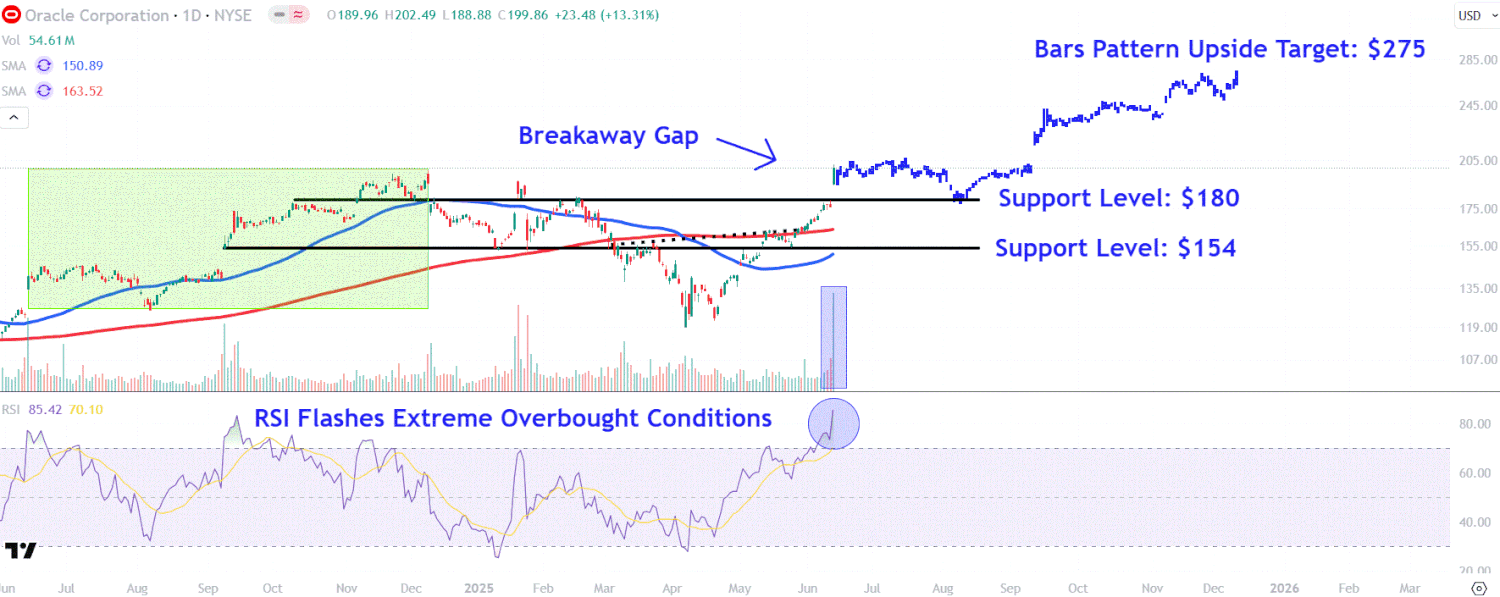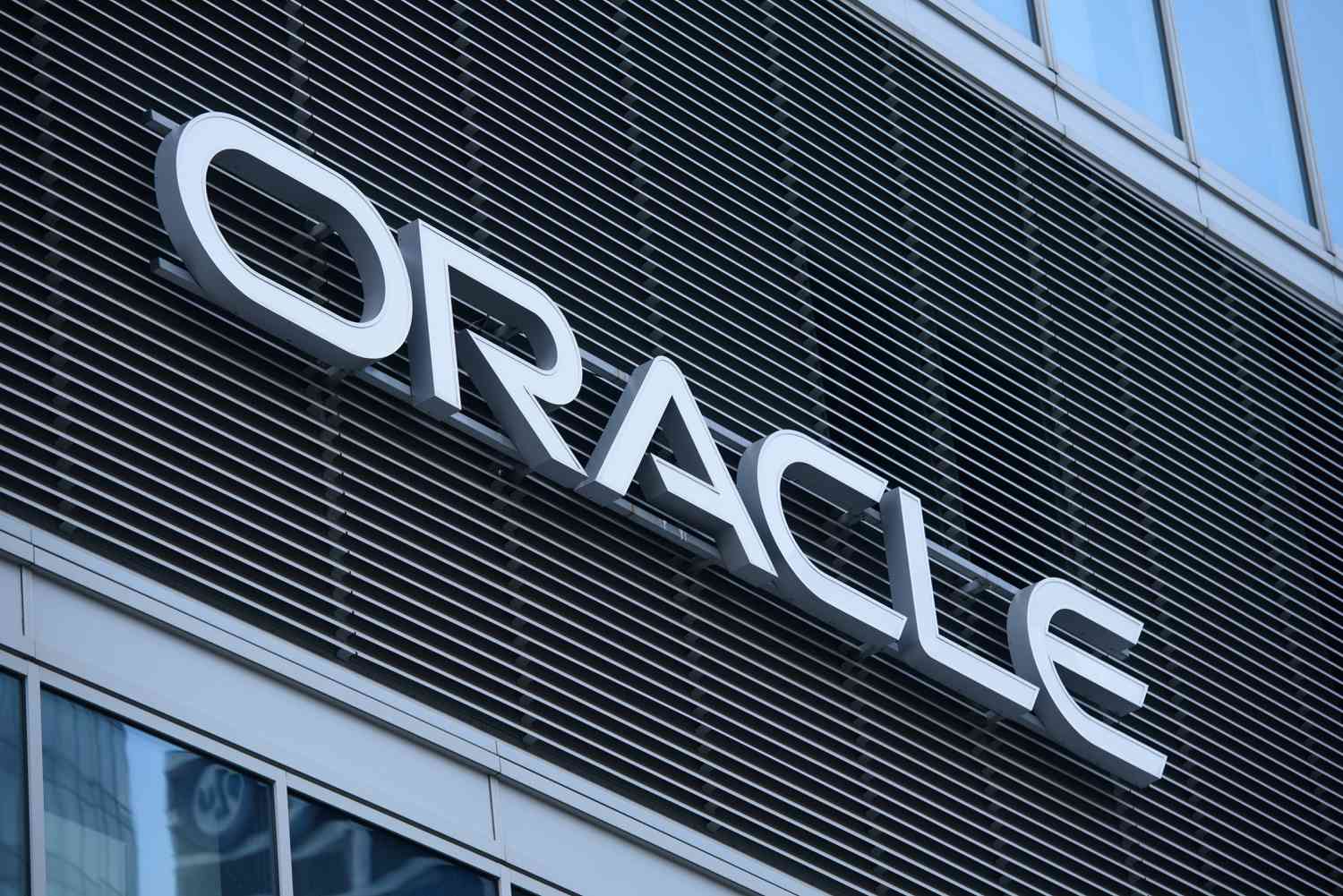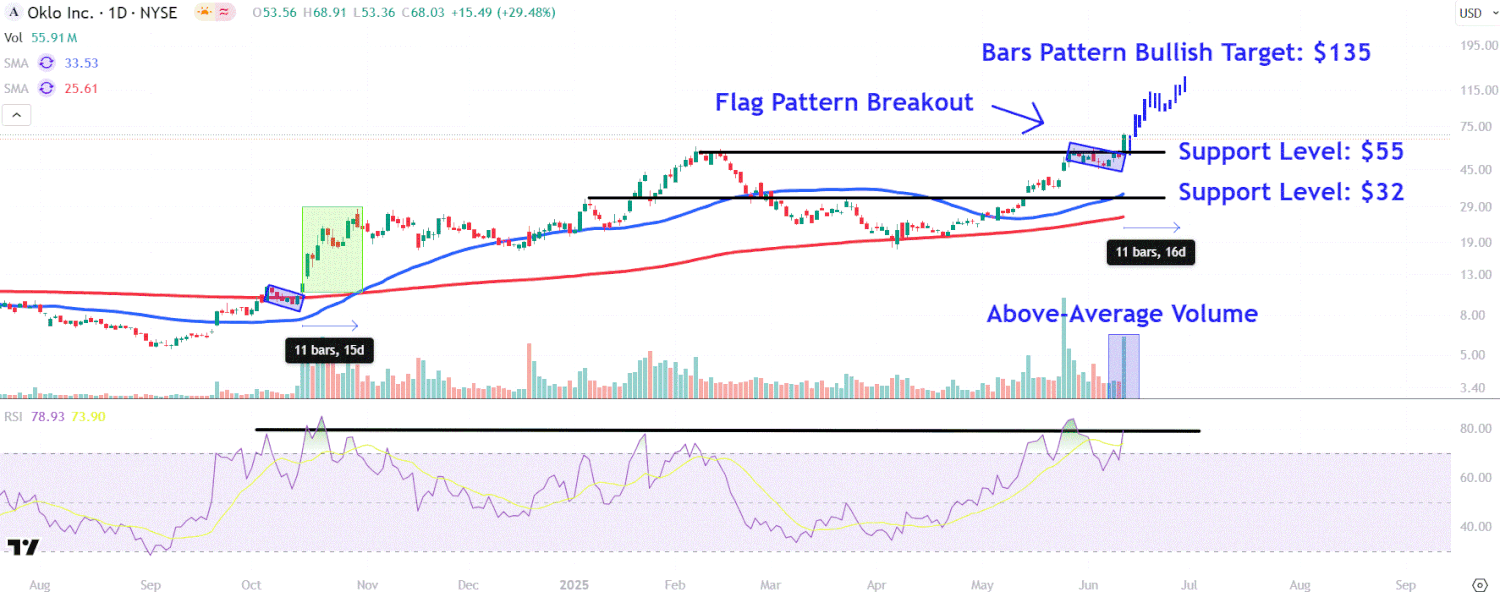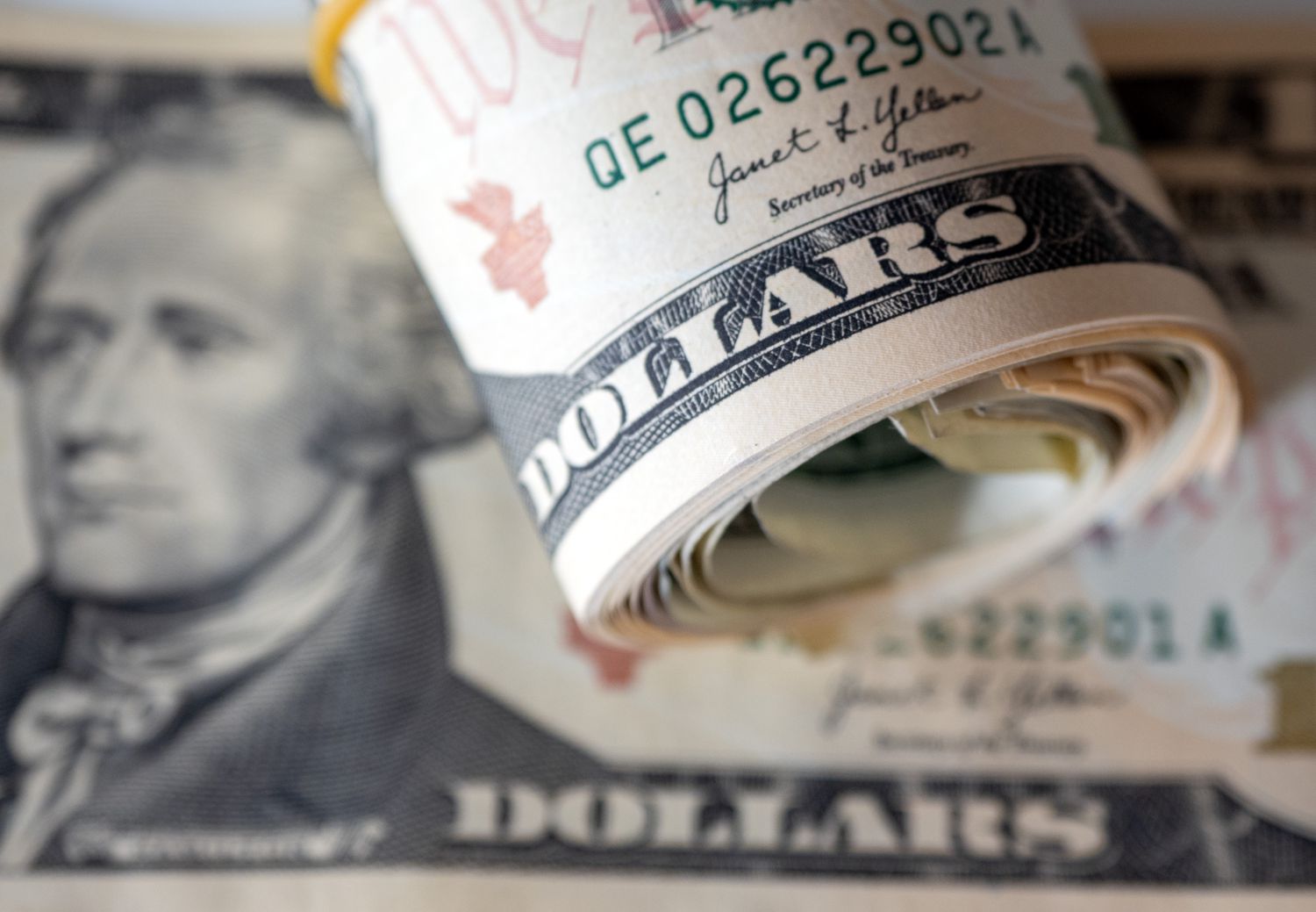Key Takeaways
- The U.S. dollar slid to its lowest level since March 2022 on Thursday, putting the benchmark dollar index on track to post its worst first half since that year.
- The dollar’s steep decline has led some market watchers to speculate that the greenback is losing its role as the global reserve currency and backbone of global finance.
- However, analysts see evidence that dollar demand remains strong, and argue true global “de-dollarization” would require an unlikely shrinking of government or private balance sheets.
The U.S. dollar slumped to its lowest level since 2022 on Thursday, putting the greenback on track to have its worst start to a year in decades.
The U.S. dollar index (DXY) slid as low as 98.6 Thursday morning, its lowest reading since March 2022, and more than 9% below where it started the year. The index has only shed more than 9% of its value during the first half of the year two other times since 1985, and the last was in 2002.
The dollar has slumped this year as investors have questioned both the U.S. economy’s outlook and America’s role within the global financial system. President Donald Trump’s unpredictable tariff policies and apparent desire to abdicate U.S. leadership of the post-war global economic order has sparked what Wall Street has dubbed the “Sell America” trade.
Evidence of a global distaste for U.S. assets has shown up in the stock, bond, and foreign exchange markets. U.S. stocks severely underperformed equities in most developed markets in the first months of Trump’s second term as trade policy threatened to slow U.S. growth.
Treasurys and the dollar both tumbled in the days after Trump unveiled his “Liberation Day” tariffs, “a very unusual pattern,” former Treasury Secretary Janet Yellen said at the time. The dynamic, Yellen said, suggested international investors were shunning dollar-based assets and questioning Treasury debt’s role as the bedrock of global finance. Others speculated that China was dumping its Treasurys in retaliation for Trump’s tariffs.
BofA Says World Actually ‘Dollarizing Rapidly’
The dollar’s bad start to the year has prompted some to wonder if the world is “de-dollarizing,” a concern that Bank of America analysts in a note on Wednesday said “miss[ed] the dollar forest for the dollar trees.” On the contrary, they say, “the world is dollarizing rapidly,” as evidenced by the growth of nonbank financial intermediaries (NBFIs), including investment banks, mortgage lenders, insurance companies, and private equity firms.
NBFI-controlled assets more than doubled between 2009 ($28 trillion) and 2022 ($63 trillion), according to BofA. “We see this rapid growth as reflecting strong demand for dollars,” the analysts wrote. “Part of this demand likely derives from the increased value of other dollar assets like equities and housing.” The U.S. equity market has ballooned to $60 trillion today from $11 trillion in 2008, the BofA report said, while the housing stock has nearly doubled in the last decade to $50 trillion.
True de-dollarization, according to BofA, would be difficult to accomplish. It would require the federal government to tax more than it spends—the opposite of what congressional Republicans are proposing in the tax bill being considered on Capitol Hill. Alternatively, de-dollarization could follow from bank, NBFI, and corporate balance sheets shrinking. But, if that were to happen, as in the aftermath of the 2008 financial crisis, we’d likely see the government increase its own spending, and thus the dollar supply, to stimulate the economy.
Stablecoins Could Boost Dollar Demand
The U.S. government’s embrace of cryptocurrencies could also be a long-term “dollarizing” force. The Senate on Wednesday voted to advance the GENIUS Act, putting the bill, which establishes a legal framework for stablecoins, one step closer to becoming law. The bill’s co-sponsor, Sen. Bill Hagerty (R-Tennessee), said on Wednesday the act would “cement the dollar’s status as the world’s reserve currency.”
BofA analysts agree that the mainstream adoption of Treasury-backed stablecoins, which they expect will eventually offer interest in some form, is likely to boost the demand for U.S. government debt and, thus, augment dollar demand. Wider stablecoin adoption, in turn, could allow the U.S. Treasury to lower its interest expenses by issuing more short-term Treasurys, which have lower coupon rates than long-term debt.



















